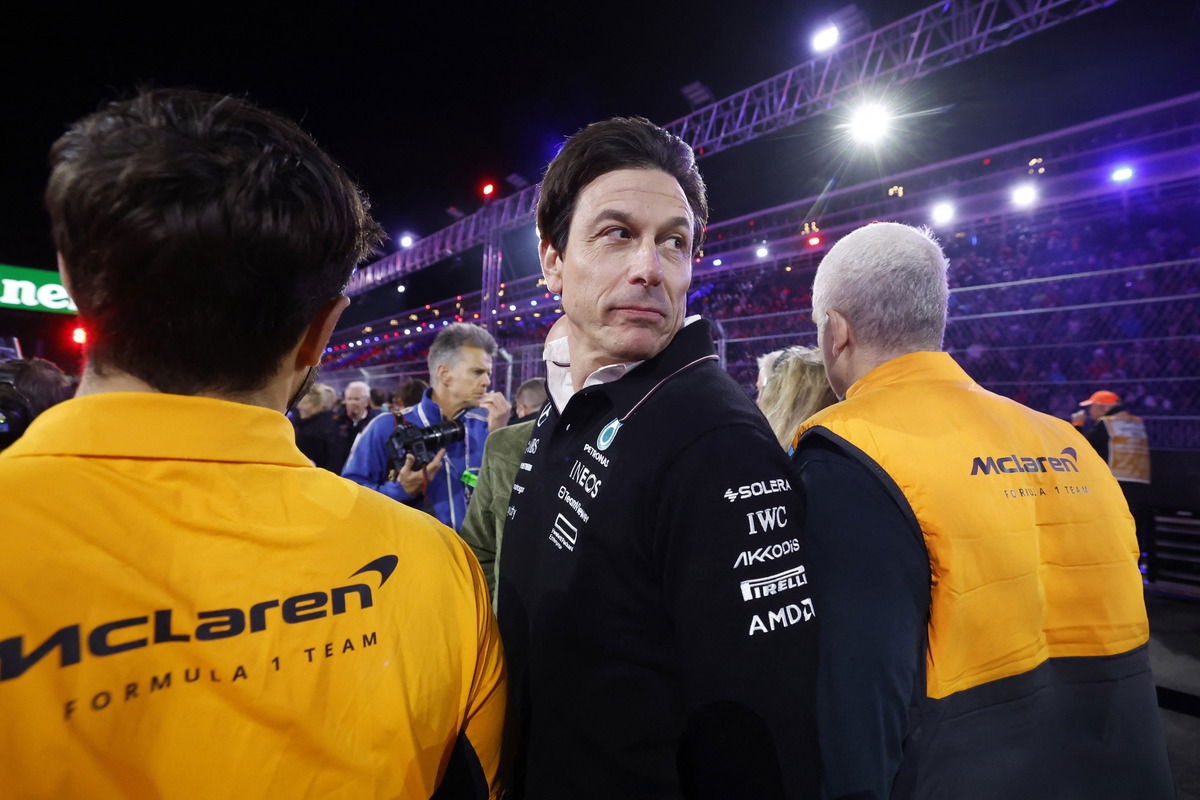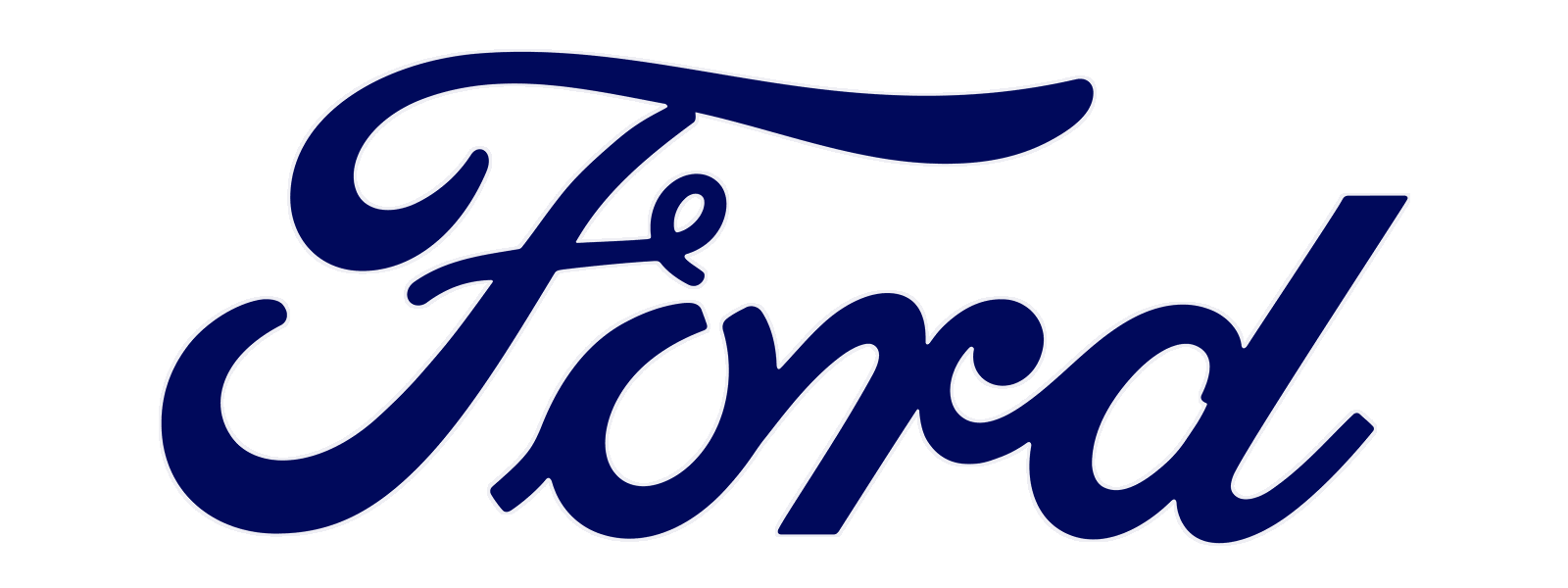

Cadillac is poised to pay a $450 million anti-dilution fee for its right to sign on to the Concorde Agreements for 2026 and beyond.
The squad was approved to enter F1 by the FIA in late 2023 pending approval by the sport’s commercial rights holder.
Although its bid was initially rejected, personnel changes at Liberty Media and a restructure within the entry’s underlying company—coupled with a name change from Andretti Global to Cadillac—have reversed that position.
It’s understood the team, FIA, and Formula 1 are currently working towards formalising the entry for 2026.
The complication is that, while there is a fundamental agreement to allow the team onto the grid, entries for next season are not yet open.
Furthermore, entries are understood to be contingent on a team having signed the commercial element of the Concorde Agreement.
However, that is not possible as the current agreement expires at the end of 2025 and the next incarnation is still being finalised.
Nonetheless, Cadillac continues working towards its 2026 deadline and is operating in good faith with the financial regulations it would be bound by – there is no requirement for it to adhere to any sporting or technical regulations at this point.
In addition to making formal entry impossible, it also means the current anti-dilution fee does not apply.
Instead, a $450 million fee formed part of the agreement to work towards an entry for next season.
This is more than double the $200 million anti-dilution fee in place under the current Concorde Agreement, but short of the $600 million it has been suggested it could rise to.
It is that Cadillac is seemingly getting off cheap that, according to Auto Motor und Sport, Wolff is not satisfied with.
“In the first instance, we lose out,” he reasoned of the admission of an 11th team.
“We don’t know what Cadillac will invest in Formula 1.
“The compensation fee, which is currently set at $450 million, is too low. It does not make up for the direct loss in income.”
Originally proposed by Wolff, the anti-dilution fee safeguards existing teams from new entries and specifically relates to prize money benefits.
The anti-dilution fee is not designed to cover the loss, or potential loss, of commercial income the teams suffer beyond prize money payments – such a move would raise antitrust issues.
The anti-dilution fee is designed to cover the incremental annual loss a new team receiving prize money would have on the incumbents for five years.
It was deemed necessary after changes to F1’s prize money structure under the current Concorde Agreements entitle all teams to payments from their first season.
The $200 million fee would be paid to teams in equal measure, entitling each to $20 million – the equivalent of $4 million for five years but paid in a lump sum.
Previously, only the leading 10 teams were entitled to prize money, and not for at least three seasons.
When introduced, the $200 million fee made sense as the financial difference between any given place in the constructors’ championship was around $4 million.
However, as the sport’s financial fortunes have accelerated far more quickly than expected, that sum has increased to around $13 million in 2024 (based on forecasting for Q4 results).
That is expected to grow this year as the sport continues to boom, coupled with a number of significant commercial agreements.
As Speedcafe reported, that growth created a problem as a fixed anti-dilution fee saw the barrier to entry to fluctuate based on the sport’s commercial performance.
The point has been conceded and the anti-dilution fee for a 12th team will be linked to the sport’s revenues under the new Concorde Agreement.
In the interim, Cadillac’s $450 million contribution effectively equates to a $9 million annual impact.
The admission of an 11th team will prompt a recalculation of prize money payments for 2026 with revenue splits to be modified to accommodate the additional entry.
Those at the front of the grid will, proportionally, lose out more than those towards the back.
Using 2025 projections, the impact on Mercedes would be around $15 million equating to an effective annual reduction of $6 million once the anti-dilution contribution has been accounted for.
However, that does not consider commercial growth directly attributable to Cadillac and General Motors.
It’s expected both will take up trackside signage and corporate hospitality and contribute significantly to F1’s coffers.
Depending on the level of that contribution, it could mitigate or offset the prize money losses existing teams experience.
It also fails to account for indirect increases such as the potential for new fans and increased television audiences, which allows F1 to command a higher premium for broadcast rights which in turn feeds into race promotion fees and trackside signage.
“Only time will tell what value the sport gains from having an 11th participant,” Wolff admitted.
“If the sport’s value increases, then everyone benefits.
“But we just don’t know yet. No one has spoken to me about Cadillac’s exact plans.”
“If Cadillac enters now with a works team and invests an appropriate marketing budget into Formula 1, it will be a valuable addition to the sport.”






















Discussion about this post